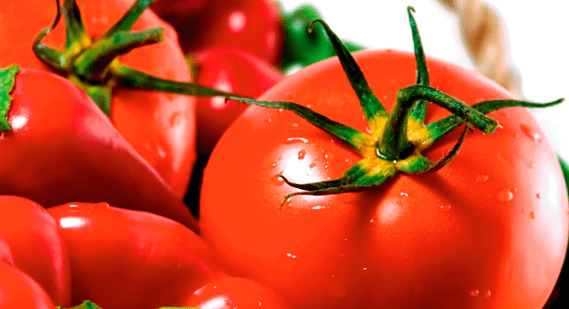Red tomato exports from Mexico totaled US$2.189 billion in 2023, up 2.1% year-on-year.
Measured in volume, growth was 1.0%, to 1,798,100 tons, according to ANAM data.
The red tomato (Solanum lycopersicum) is a fruit belonging to the Solanaceae family, but is often consumed and culinary treated as a vegetable.
As such, it is one of the most popular and versatile vegetables worldwide, used in a variety of dishes and sauces.
The current Tomato Suspension Agreement (TSA) for fresh tomatoes grown in Mexico ensures that signatory growers and exporters sell all fresh and chilled tomatoes to the United States at or above the TSA reference price.
Tomatoes destined for processing are exempt from the reference price.
To enter the U.S. market, Mexican tomato shipments are inspected for compliance with existing U.S. import regulations by agencies such as Customs and Border Protection (CBP), the U.S. Department of Agriculture (USDA), state departments of agriculture, and the Food and Drug Administration (FDA).
Tomato Exports
The TSA is different from the import requirements for fresh tomatoes under Section 8e of the USDA Agricultural Marketing Agreement Act of 1937 (AMAA).
In addition, tomatoes are inspected at U.S. ports of entry by CBP and USDA to ensure that the product is free of evidence of Tomato brown rough fruit virus (ToBRFV), and are also subject to FDA inspection.
Tomatoes are rich in essential nutrients such as vitamin C, vitamin A, potassium and lycopene, an antioxidant associated with several health benefits.
Mexican tomatoes follow well-established supply chains in markets throughout the United States.
The largest volume of Mexican tomatoes imported into the United States enters through the Laredo Customs District, followed by the Nogales and San Diego Customs Districts.

